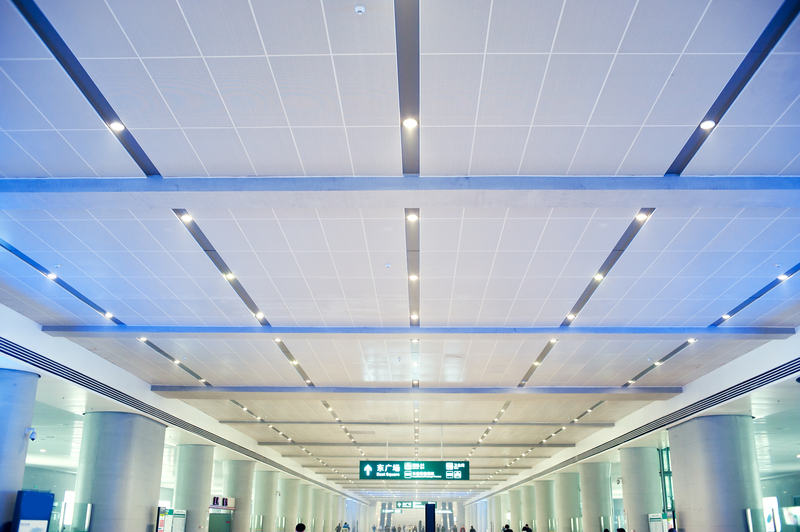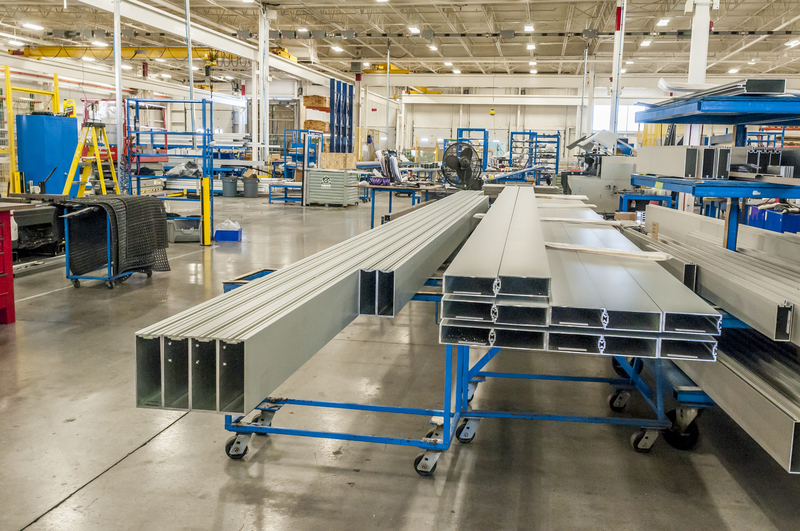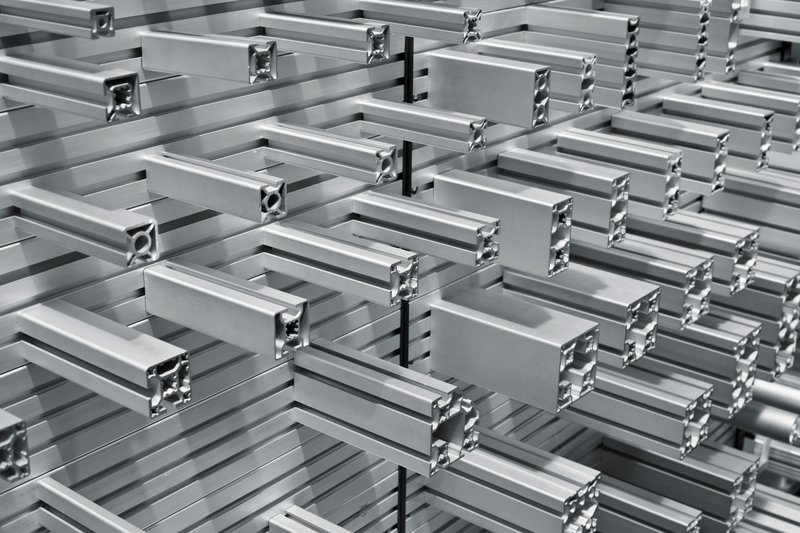Aluminum’s low cost, high strength, and exceptional resistance to corrosion and wear make it ideal for use in the construction of renewable energy infrastructure like solar panels. Lightweight aluminum profiles are a great material for solar panel mounting systems as the metal can be used to enhance solar cells in general.
Solar product mounting structures are crucial, and incorporating aluminum studs into solar panels has been shown to greatly improve their efficiency due to the metal’s unique properties.
High-quality aluminum mounting systems are recommended to prevent dust, water, and other impurities from lodging in your mounting system. Solar panels can be mounted on the ground or on a roof, depending on the use.
What Is an Aluminum profile?
Aluminum is a chemical element that is light, strong, and resistant to high temperatures. You can find it in almost any alloy you can think of, while an aluminum profile is made from an extrusion or a flat aluminum sheet that has been cut to the required length based on the profile’s design.
Aluminum is useful as an alloying metal since it enhances the qualities of other metals. It finds its most common application in producing solar industry mounting components and building hardware.
What Aluminum Profiles Are Used in Solar Power Mounting Systems?
6063 aluminum
This alloy contains magnesium and silicon as additional alloying components, has the lowest strength, and is the least expensive option. Still, it is easier to extrude and has a higher-quality finish. It works well when yield or structural strength is not critical, but flexibility or deflection is, such as in rooftop solar panel mountings.
Since the elasticity of most aluminum is similar, increasing the strength of the alloy may not reduce deflection. The visual benefits of an anodized finish may make 6063 the ideal choice for many applications.
Thanks to the aluminum profile’s high component compatibility and straightforward setup, you can save time and money throughout the installation process. High standards for quality control mean you can count on reliable performance and long system life, and you can use it with any standard photovoltaic (PV) mounting method.
The aluminum solar photovoltaic mounting system is reusable, adjustable, and does not require any further welding or drilling.
6061 Aluminum
One type of aluminum alloy ideal for use in the mounting system of solar panels is 6061, which also contains magnesium and silicon. 6061 aluminum alloy produces an oxide if exposed to oxygen or water, making it inert to elements that normally corrode the metal.
Corrosion resistance varies with environmental conditions, although corrosion is usually very mild at room temperature. Due to its lightweight and low cost, aluminum rail is a popular choice for rooftop and ground-based solar mounting systems.
Mounting bracket combinations are determined by customer specifications and installation conditions, from which you can select the appropriate mounting rail. The highest quality aluminum is used to create the strongest mounting system possible.
6005A Aluminum
This modern alloy has excellent strength, is cost-effective, can be extruded, and has a good surface finish. Water causes less deformation in its extrusion process since it is far less moisture sensitive than 6061. Additionally, aluminum alloy 6005A has great corrosion resistance, a medium strength, and can be heat treated. Alloy 6005 is almost similar to alloys 6061 and 6082; therefore, can be used interchangeably.
However, alloy 6005 has superior extrusion characteristics and a higher-quality surface finish. It is easy to extrude than 6082, although it is more challenging to make thin-wall or complex extrusions in 6005. Due to these properties, the widespread use of solar applications like mounting systems often calls for this material.
Why Use Aluminum Profiles in Solar Power Mounting Systems?
Aluminum’s low density makes it a viable material because it can be moved more quickly, cheaply, and easily. Since extruded aluminum does not require a crane or permanent joining procedure like welding, it can speed up installing a solar mounting system. Engineers may use aluminum’s properties to create sophisticated, lightweight, and robust mountings.
Take Away
Not only do the best extrusion-based designs take advantage of aluminum’s properties like lightweight, cost-effectiveness, corrosion resistance, and low maintenance, but also the aluminum profiles’ ability to achieve the functional requirements regarding solar panel mounting systems.
The number of possible extruded profiles is only limited by the designer’s ability to creatively balance the requirements of the aluminum profile with the limitations of the extrusion technique and the material.





